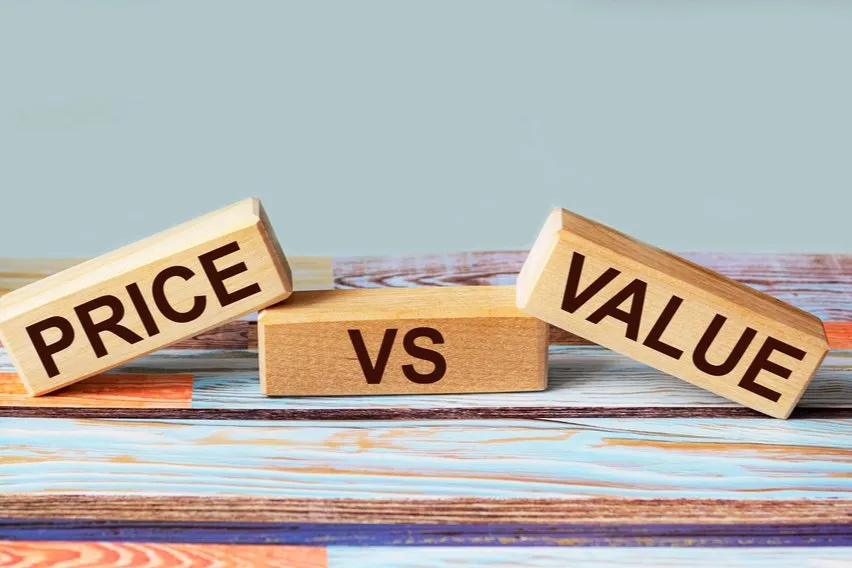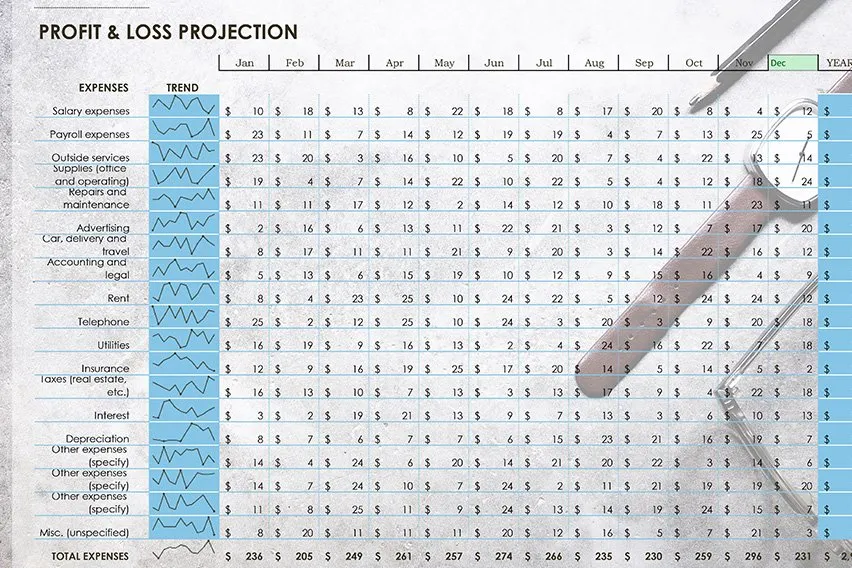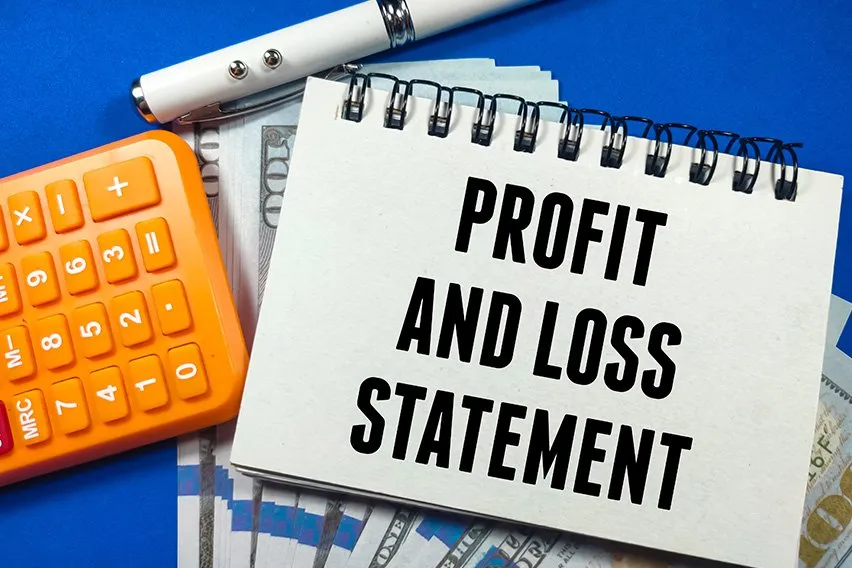Cost vs Value Report: A Comparison Guide

The humble annual Cost vs Value report is the ultimate tool for home enthusiasts everywhere. This is what you need to know.
Improving your home is exciting. There’s nothing like the thrill of purchasing a fixer-upper and making home improvements over time to increase the value.
But that’s the thing. Not every home improvement project is worth the money. Luckily for us, every year there is a handy Cost vs Value report to help understand the resale value on the top refurbishment projects.
This is all to ensure that when you go to put your house on the market again, you make a return on investment. Let’s dive deeper into this concept and how you can use it to make decisions.
Here’s What We’ll Cover:
Understanding the Cost vs Value Report
What Is Cost vs Value?
The core concept of Cost vs Value simplifies to another phrase: Effort vs Reward. When you are improving your home for resale down the line, you want the math to add up. There is no use in spending $1000s on a door handle in a home you aim to resell for example. Unless you are taking that door handle with you, you haven’t raised the overall value of the home by investing that much. The Cost vs Value analysis is skewed.
But my door handle example is quite an obvious one. What about more nuanced remodeling projects like garage conversions. A garage conversion seems like a worthy investment, right? You could make another living room or office space. Surely, that gives your home a competitive advantage?

Well, not always. Garage conversions can even depreciate your home.
If your future buyer wants to reconvert it into a garage, you have wasted $1000s on remodeling it for no reason. That is a negative return for you.
Even future buyers do appreciate the garage remodeling, the cost to implement the change still doesn’t work out favorably on resale value.
They call this a low job cost to value rating.
Understanding the Cost vs Value Report
Every year, Remodeling Magazine releases a national Cost vs Value report. The principle is to calculate the average ROI percentage for the most common home improvement projects. That way you can see the average costs stacked up against the average resale value.
If your job cost is higher, then you know that your return on investment is lower. If your project costs are lower, then you may even achieve a higher return on investment than the average.
How to Read the Annual Cost vs Value Report
Once you access the website, you will see a list of projects and values.
You can look at the national, regional or city reports to get more accurate values for your area.
Here are the definitions you need to be clear on to understand the report fully:
Average cost – the average spend that homeowners invest in that specific project. Remodeling costs include all aspects of the project, from labor to materials.
Resale value – how much this particular home improvement project expects to raise your house valuation
ROI % – Return on investment percentage. How much monetary gain you can expect from the project in question

The Pitfalls of the Cost vs. Value Report
- Not every city and state is accounted for when Remodeling Magazine creates their reports. There could be a wide range of variation in resale value in your area. For example, take the garage conversion we mentioned earlier. Turning that into a home office may work well in Boulder, Colorado. That city is becoming more popular with young professionals. It wouldn’t be as appreciated in Jackson, Wyoming. The garage was maybe more valuable there.
- The report is aimed at professional remodeling. It shows real estate professionals and contractors the latest average statistics. It doesn’t account for DIY jobs. You can shave off costs by remodeling things yourself if you are able.
- Not every project valued highly on the report is worth doing. One of the high cost to value rating projects on the list was manufactured stone veneer. But your flat-roofed, mid-century modern house with large windows may not suit stone veneer. You have to be discerning.
- Finally, you don’t want to make decisions solely on statistics. Your taste and style matter too. If you intend to live in this house for a meaningful amount of time, make it the best house for you. Of course, Cost vs Value reports are helpful in understanding what is worth it. But don’t deprive yourself of the freedom of a kitchen remodel because it has “low resale value”.
Key Takeaways
The Cost vs Value Report is aimed at helping housing industry professionals predict the return on investment in real estate. Not every home improvement project improves your home value. However, balance the economics of real estate with your own taste and comfort. You will surely find a meeting in the middle.
For more in-depth guides and business articles, check out our resource hub.
RELATED ARTICLES

 Accounts Receivable Aging Report: Definition and How To Use It
Accounts Receivable Aging Report: Definition and How To Use It How to Make a Profit and Loss Report?
How to Make a Profit and Loss Report? Accounting Reports: Definition And 3 Types
Accounting Reports: Definition And 3 Types How to Write a Profit and Loss Statement?
How to Write a Profit and Loss Statement? Monthly Financial Reports: What Are They And How to Read
Monthly Financial Reports: What Are They And How to Read What Is Financial Reporting? Definition, Importance, and Types
What Is Financial Reporting? Definition, Importance, and Types